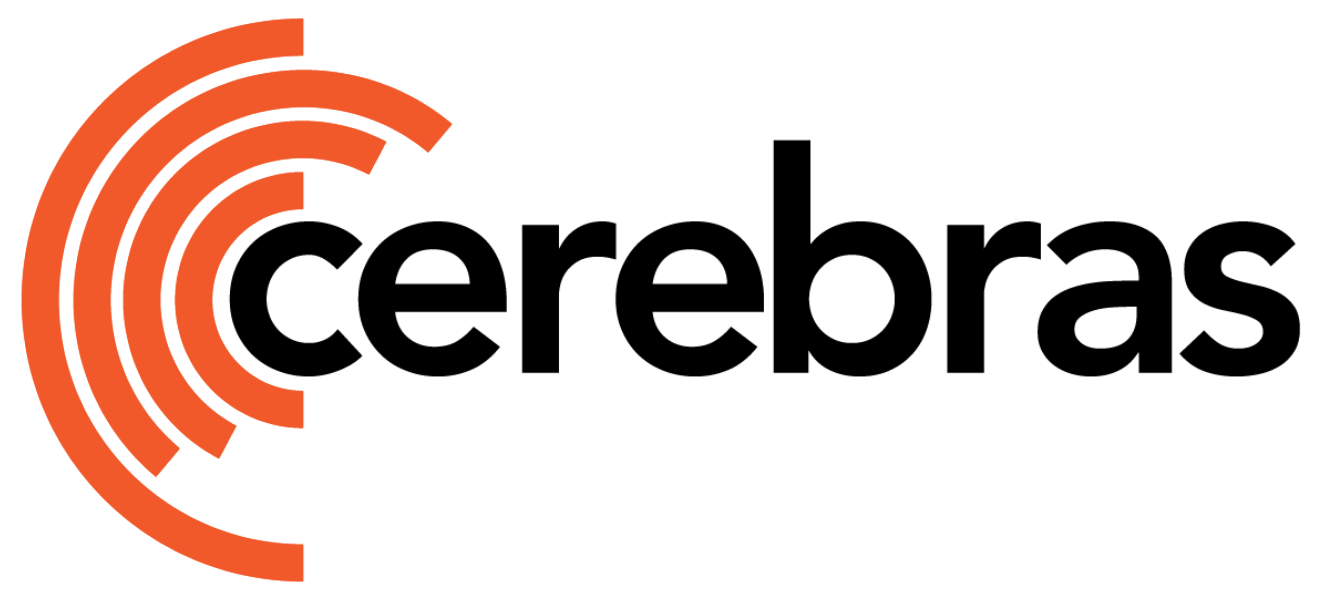Once you have trained a language model on the cluster, you can port it to Hugging Face to generate outputs. For more information, refer to Convert Checkpoints and Model Configs.
This guide uses an example from Spring 2023 with CerebrasGPT which uses release 1.8 (cs-1.8) as the source format.
Procedure
- To use the conversion tool, activate the Cerebras virtual environment and specify the following flags:
| Flag | Description |
|---|
--model gpt2 | Model architecture the checkpoint corresponds to |
--src-fmt cs-1.8 | the source format of the checkpoint corresponding to Cerebras Model Zoo(R1.8) |
--tgt-fmt hf | Target format of the checkpoint corresponding to Hugging Face |
--config custom_config_GPT111M.yaml | yaml file configuration used for training the model |
--output-dir hf_dir_train_from_scratch_GPT111M | Directory containing the output configuration and checkpoint |
cd $PARENT_CS
source venv_cerebras_pt/bin/activate
cszoo checkpoint convert \
--model gpt2 \
--src-fmt cs-1.8 \
--tgt-fmt hf \
--config custom_config_GPT111M.yaml \
--output-dir hf_dir_train_from_scratch_GPT111M \
train_from_scratch_GPT111M/checkpoint_10.mdl
- Convert the checkpoint obtained from fine-tuning “Cerebras-GPT 111M” included in the model directory finetune_GPT111M.
cd $PARENT_CS
source venv_cerebras_pt/bin/activate
cszoo checkpoint convert \
--model gpt2 \
--src-fmt cs-1.8 \
--tgt-fmt hf \
--config custom_config_GPT111M.yaml \
--output-dir hf_dir_finetune_GPT111M \
finetune_GPT111M/checkpoint_10.mdl
- To facilitate importing the model in Hugging Face, modify the configuration file’s name to include gpt2 in it.
mv hf_dir_train_from_scratch_GPT111M/custom_config_GPT111M_to_hf.json hf_dir_train_from_scratch_GPT111M/config_to_hf_gpt2.json
mv hf_dir_finetune_GPT111M/custom_config_GPT111M_to_hf.json hf_dir_finetune_GPT111M/config_to_gpt2.json
- Create a Python virtual environment to use Hugging Face.
Before you proceed, deactivate the CS virtual environment.
source hf_env/bin/activate
pip install 'transformers[torch]'
python -c "from transformers import pipeline; print(pipeline('sentiment-analysis')('we love y
- Once you have set up the virtual environment, you can now generate outputs using Hugging Face. The tokenizer can be found in Cerebras-GPT-111M available in Hugging Face. Here is an example using the model trained from scratch:
Python 3.8.13 (default, Aug 16 2022, 12:16:29)
[GCC 9.3.1 20200408 (Red Hat 9.3.1-2)] on linux
Type "help", "copyright", "credits" or "license" for more information.
>>> from transformers import AutoTokenizer, AutoModelForCausalLM, AutoConfig
>>> from transformers import pipeline
>>> tokenizer = AutoTokenizer.from_pretrained("cerebras/Cerebras-GPT-111M")
>>> config = AutoConfig.from_pretrained("./hf_dir_train_from_scratch_GPT111M/config_to_hf_gpt2.json")
>>> model = AutoModelForCausalLM.from_pretrained(pretrained_model_name_or_path="./hf_dir_train_from_scratch_GPT111M/checkpoint_10_to_hf.bin", config = config)
>>> text = "Generative AI is "
>>> pipe = pipeline("text-generation", model=model, tokenizer=tokenizer)
>>> generated_text = pipe(text, max_length=50, do_sample=False, no_repeat_ngram_size=2)[0]
Setting `pad_token_id` to `eos_token_id`:50256 for open-end generation.
>>> print(generated_text['generated_text'])
Generative AI is tossed separatist separatist,, separatist Fantasy, heading, Po, green, confession confession Po Po?!", 113, Pitch, counselormot newfound,ioch confession, Christopher, newfoundmotmot confessionrealDonaldTrump,Vict,icity confessionmot resear
>>> exit()
Python 3.8.13 (default, Aug 16 2022, 12:16:29)
[GCC 9.3.1 20200408 (Red Hat 9.3.1-2)] on linux
Type "help", "copyright", "credits" or "license" for more information.
>>> from transformers import AutoTokenizer, AutoModelForCausalLM, AutoConfig
>>> from transformers import pipeline
>>> tokenizer = AutoTokenizer.from_pretrained("cerebras/Cerebras-GPT-111M")
>>> config = AutoConfig.from_pretrained("./hf_dir_finetune_GPT111M/config_to_hf_gpt2.json")
>>> model = AutoModelForCausalLM.from_pretrained("./hf_dir_finetune_GPT111M/checkpoint_10_to_hf.bin", config = config)
>>> text = "Generative AI is "
>>> pipe = pipeline("text-generation", model=model, tokenizer=tokenizer)
>>> generated_text = pipe(text, max_length=50, do_sample=False, no_repeat_ngram_size=2)[0]
Setting `pad_token_id` to `eos_token_id`:50256 for open-end generation.
>>> print(generated_text['generated_text'])
Generative AI is
The following is a list of the most common types of AI in the world.
AI is the number of human AI classes in which the AI class is defined. The AI type is
the number that the human
>>> exit()

